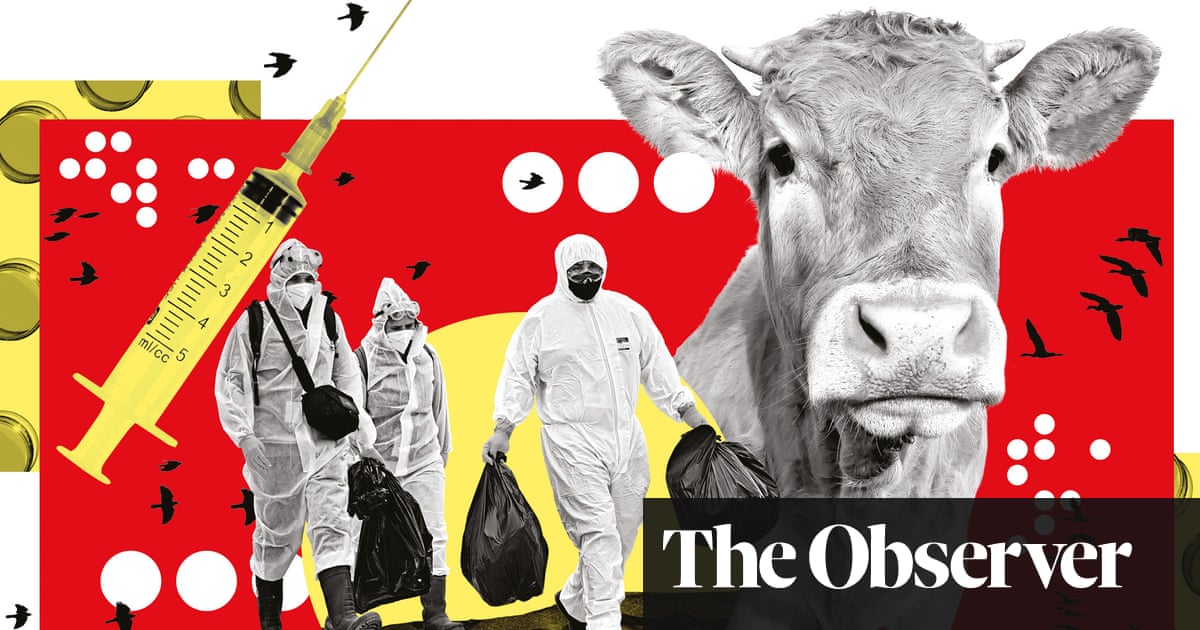
Church pastor Damien Hophand, who lives on the island of Malekula in Vanuatu with his wife and two children, has seen a change to the community’s water supply recently – and it’s not a welcome one. “The wells are salty,” says Hophand. “It’s not suitable for drinking.”
While many on the archipelago of 83 islands of Vanuatu get all their water from pipes, some, such as Hophand, have to supplement this with water from a well or pump. As the climate crisis forces sea levels to rise and cyclone winds thrash along the bays, seawater is seeping into the groundwater sources of low-lying islands, contaminating the supply and threatening the health of communities.
“In the past, the wells were away from the seawater,” says Hophand, whose community of Unua depends on three wells that lie no more than 10 metres from the shoreline. “Now the sea is moving closer to where the wells are.”
About 100 miles south on the island of Moso, known for its pristine beaches, market seller Rita Vano’s community is experiencing the same. “In the village there are no mangroves, so you can clearly see the sea level moving inland.”
Sea levels in the south-west Pacific are rising at a faster rate than anywhere else in the world, at about 4mm a year, according to the UN meteorological agency.
Saltwater intrusion – when sea waters move on to land – is “a looming threat”, and one that’s likely to become a bigger issue, says Tim Foster, research director of the Institute for Sustainable Futures at the University of Technology Sydney. In 2017, he visited 150 groundwater sources across 11 islands in Vanuatu and found approximately 10% “had salinity levels that would probably be beyond what people would accept as a drinking water source”. Now, this is likely to be worse.
Over on the island of Efate, which is home to Vanuatu’s capital, Port Vila, at high tide the water washes over the island’s lush greenery, raising rivers to meet the roads. Cars and bikes inch through with trepidation. Daisy Unguna, a research assistant, is collecting samples from the river and from wells that serve the community of Blacksands on the outskirts of the city. Unguna is part of a project funded by the Australian government into groundwater quality in the Pacific island nation.
Dr Krishna Kumar Kotra, Unguna’s supervisor and research director, predicts communities further inland will eventually be affected by saltwater intrusion – and not all of this is down to rising tides.
“The overpumping of groundwater is also a contributor,” he says. “It exerts pressure below ground and pulls saltwater into coastal aquifers. As the population grows so will the need to take more water from the ground, increasing the prevalence of saltwater intrusion.”
Desalination machines are often unaffordable for island authorities. Just over a third of households depend on rainwater, according to the Vanuatu National Statistics Office. Rain is funnelled through tubing from big tanks on roofs into large vats.
“Those who have their own personal water tank, like us, can manage our consumption, but it’s a big problem for the rest of our community, especially when there is a long dry season,” says Vano, explaining that her community of 200 people rely on seven water tanks. When the tank is empty, people turn to well water they know is contaminated because of the “salty” and “sour” taste, she says. “Generally, the adults boil it before drinking but the children just drink it directly from the well.”
A drought compounded by saltwater intrusion would present “a real big problem”, says Brecht Mommen, a water, sanitation and hygiene specialist with Unicef in Vanuatu. “It means [communities] will probably have to move. But even if they move, where they can access groundwater becomes increasingly problematic,” he adds.
The country’s climate change minister, Ralph Regenvanu, told media in 2022 that the government was planning to relocate dozens of coastal communities in the coming years as a result of the climate crisis.
Small island developing states such as Vanuatu are the most vulnerable to climate threats. Even when dry spells subside and rain can be collected, often it is contaminated with E coli bacteria, according to data from the department of water resources. This could be picked up by the rain as it descends into tanks, or introduced by people’s hands as they collect the water.
People missing days of work or school because of diarrhoea is not unusual, says Sofia Lardies, a programme quality manager at NGO World Vision. “All waterborne diseases are very common here,” she says. Diarrhoeal diseases account for more than 25 deaths per 100,000 in the country and are the biggest killer of children under five years old.
In villages such as Hophand’s, the thatched roofs aren’t suitable for rainwater and the piped water systems don’t always work. “We need another source,” he says.
Unicef and other NGOs are working with the Vanuatu government and providing funding to ensure safe drinking water in the country.
Meanwhile, Hophand says that more and more villagers in Unua are having to walk more than a mile uphill to look for safe drinking water. “This is a real problem,” he says.












